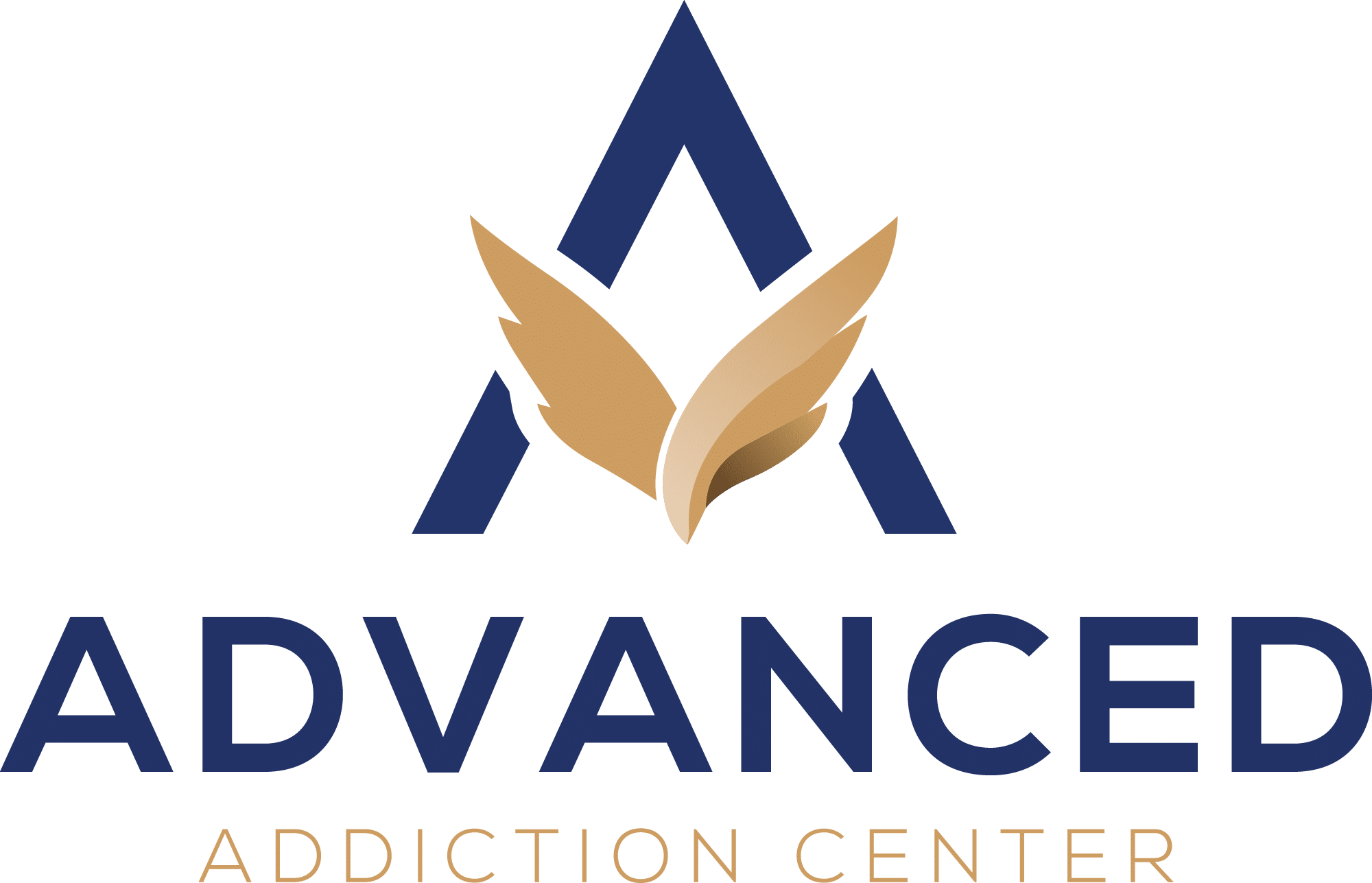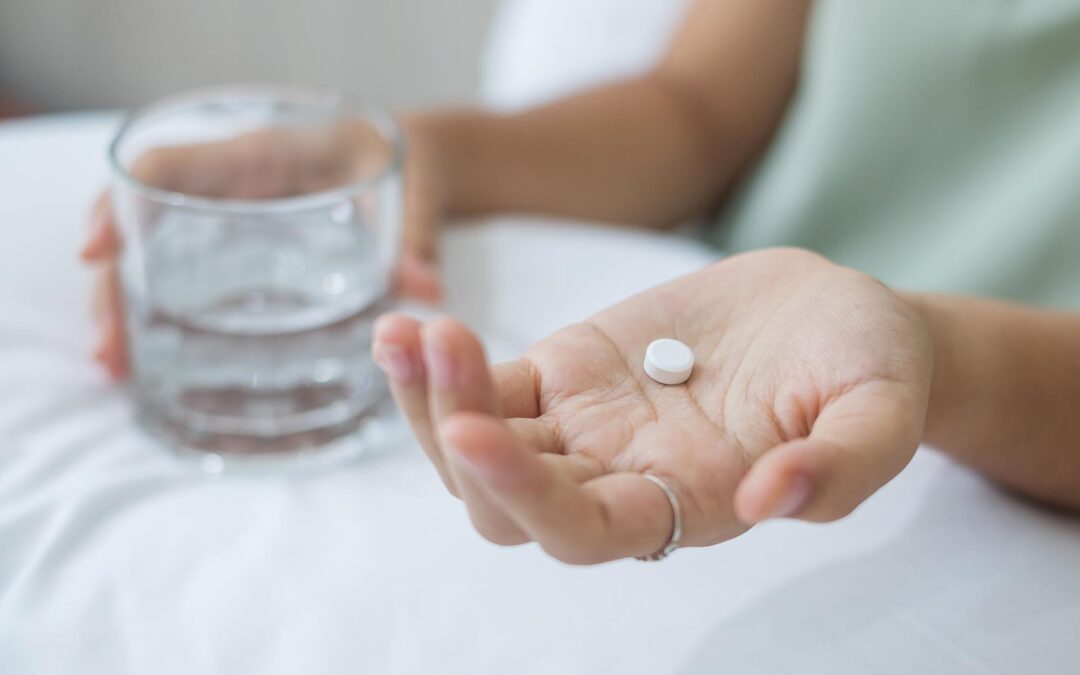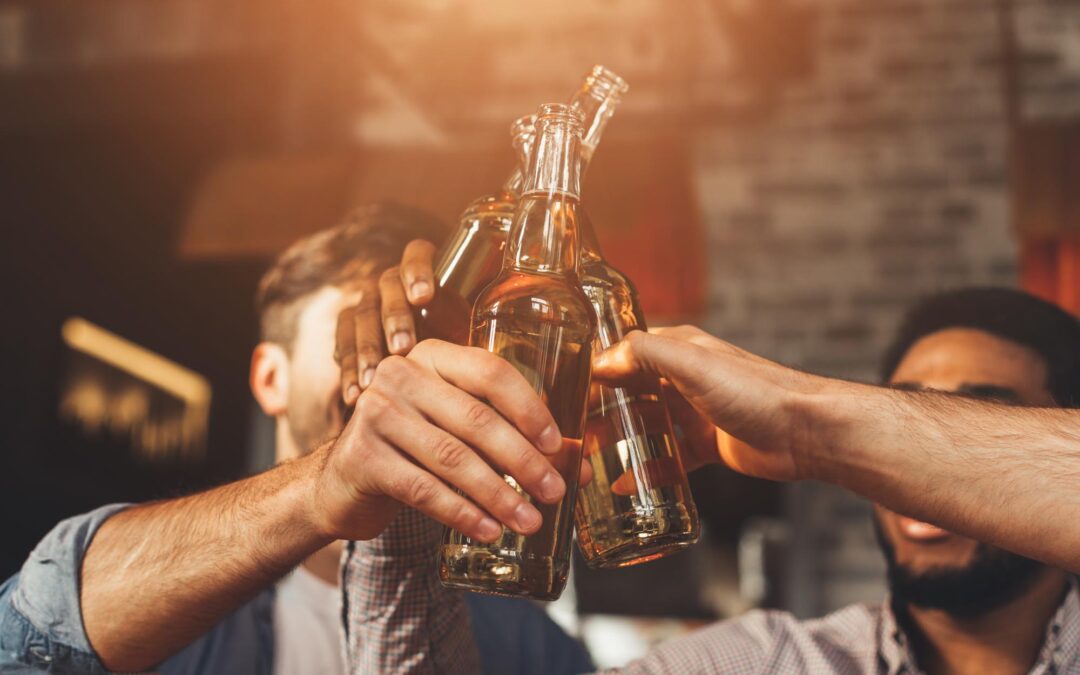Top 5 Most Commonly Abused Substances in the U.S.
1. Alcohol Abuse
Alcohol is the most commonly abused substance in America, causing over 50,000 preventable deaths each year. Its widespread misuse, affecting millions of Americans of all ages and backgrounds, can be attributed to its easy availability and societal acceptance.
Health Impact of Alcohol Abuse:
- Liver disease and cirrhosis
- Brain damage and cognitive decline
- Increased risk of various cancers
- Cardiovascular complications
- Mental health disorders, including depression and anxiety
The damage caused by alcohol abuse goes beyond specific organs. Long-term alcohol use weakens the immune system, making the body more vulnerable to infections and diseases. Heavy drinking disrupts sleep patterns, impairs judgment, and can result in risky behavior changes.
Mortality Statistics:
- 1 in 10 working-age adults die from excessive drinking
- Over 95,000 deaths each year are attributed to alcohol-related causes
- Alcohol impairment is involved in 28% of all traffic fatalities
Getting Help
If you or someone you know is struggling with alcohol abuse, there are resources available to help:
- National Drug and Alcohol Treatment Referral Service: 1-800-662-HELP
- Alcoholics Anonymous: aa.org
- SAMHSA’s National Helpline: Available 24/7 for treatment referrals
Remember, seeking professional help is not a sign of weakness; it takes courage to take that step towards recovery. Medical supervision during alcohol withdrawal can prevent serious complications and improve your chances of a successful recovery.
It’s also important to recognize that substance abuse among the elderly is an increasing concern. As more seniors deal with health issues like loneliness or chronic pain, they may turn to alcohol as a way to cope, resulting in severe consequences.
2. Opioid Misuse
The opioid epidemic claims over 100,000 American lives annually, with prescription pain relievers at the heart of this crisis. Common prescription opioids include:
- Oxycodone (OxyContin)
- Hydrocodone (Vicodin)
- Codeine
- Fentanyl
How Opioids Affect the Brain
Opioids hijack your brain’s reward system by triggering an intense release of dopamine – the “feel-good” chemical. This powerful effect creates a dangerous cycle: your brain stops producing natural dopamine, leading to physical dependence within days of regular use.
The Risk of Addiction
The risk of addiction increases dramatically with each prescription refill. Research shows that 1 in 4 patients receiving long-term opioid therapy develops an addiction. The danger intensifies as users often transition from prescription pills to heroin or fentanyl when prescriptions become unavailable.
Signs of Opioid Addiction
Signs of opioid addiction include:
- Inability to control or stop use
- Strong cravings
- Using larger amounts over time
- Withdrawal symptoms
- Continued use despite negative consequences
Finding Help for Opioid Addiction
Help for opioid addiction is available through:
- Medication-assisted treatment (MAT)
- Professional detox programs
- SAMHSA’s National Helpline: 1-800-662-4357
- Local addiction treatment centers
- Support groups like Narcotics Anonymous
The FDA has approved several medications for opioid treatment, including methadone, buprenorphine, and naltrexone. These medications, combined with counseling and behavioral therapies, provide effective pathways to recovery.
3. Marijuana Use Disorder
Marijuana use disorder affects nearly 6 million Americans, with rates climbing steadily as more states legalize recreational use. The accessibility and social acceptance of marijuana have contributed to increased dependency cases, particularly among young adults aged 18-25.
Key Signs of Marijuana Use Disorder:
- Inability to cut down or control marijuana use
- Spending significant time obtaining, using, or recovering from use
- Continued use despite negative impacts on work, relationships, or health
- Developing tolerance, requiring higher doses for desired effects
The cognitive impact of regular marijuana use can be significant:
- Short-term memory impairment
- Reduced attention span and focus
- Decreased learning ability
- Impaired decision-making skills
Research indicates a strong link between marijuana use and mental health conditions. Regular users face increased risks of:
- Anxiety disorders
- Depression
- Paranoia
- Psychotic episodes in predisposed individuals
Treatment Options:
- Cognitive Behavioral Therapy (CBT)
- Motivational Enhancement Therapy
- Support groups and peer counseling
- Dual diagnosis treatment for co-occurring mental health conditions
The National Drug Helpline (1-844-289-0879) offers 24/7 support for individuals struggling with marijuana use disorder. Professional treatment programs can help manage withdrawal symptoms and develop coping strategies for long-term recovery.
4. Cocaine Addiction
Cocaine remains a widely abused stimulant drug in the U.S., with approximately 5.2 million Americans reporting use in the past year. Users seek the intense euphoria and energy boost, but these effects mask severe health complications.
Physical Impact:
- Racing heartbeat and dangerous blood pressure spikes
- Chest pain and irregular heart rhythms
- Increased risk of heart attacks and strokes
- Severe weight loss and malnutrition
- Respiratory problems
- Increased body temperature
Psychological Effects:
- Intense anxiety and paranoia
- Sleep disturbances
- Aggressive behavior
- Depression during withdrawal
- Risk of psychosis with prolonged use
The drug’s addictive nature stems from its direct impact on brain chemistry, specifically affecting dopamine levels. Users often experience a rapid cycle of highs and crashes, leading to compulsive drug-seeking behavior.
Warning Signs of Cocaine Addiction:
- Frequent nose bleeds or runny nose
- Financial difficulties
- Isolation from family and friends
- Risky behavior to obtain the drug
- Inability to stop despite negative consequences
Professional help is available through various avenues, including local addiction treatment centers like the Advanced Addiction Center in Massachusetts, which offers support for those struggling with addiction. Additional resources include:
- SAMHSA’s National Helpline: 1-800-662-4357
- Cocaine Anonymous: 310-559-5833
- Emergency medical services for overdose situations
5. Benzodiazepine Misuse
Benzodiazepines are among the most commonly prescribed medications in the U.S. Drugs such as Xanax, Valium, and Klonopin are frequently used to treat anxiety and sleep disorders. Because these medications are so easy to obtain, they are often misused and can lead to dependence.
Signs of Benzodiazepine Dependence:
- Taking higher doses than prescribed
- Doctor shopping for multiple prescriptions
- Using benzos without a prescription
- Mixing benzos with alcohol or other drugs
- Failed attempts to quit or reduce use
The development of tolerance poses a significant risk – users need increasing amounts to achieve the same effects. This pattern can lead to severe physical dependence and dangerous withdrawal symptoms.
Withdrawal Symptoms:
- Seizures
- Severe anxiety and panic attacks
- Tremors and muscle spasms
- Hallucinations
- Life-threatening complications
Medical supervision is essential for benzodiazepine withdrawal. Doctors typically create personalized tapering schedules to safely reduce dosage over time.
Getting Help:
- Call SAMHSA’s helpline: 1-800-662-4357
- Contact your healthcare provider
- Find local addiction treatment centers
- Join support groups like Narcotics Anonymous
- Consider cognitive behavioral therapy
The path to recovery requires professional guidance. If you’re struggling with benzodiazepine use, reach out to addiction specialists who can provide safe, medically-supervised treatment options.
Managing Withdrawal Symptoms
During benzodiazepine withdrawal, managing symptoms such as insomnia can be particularly challenging. However, there are effective strategies for managing insomnia during withdrawal that can help ease this process.
Additionally, incorporating exercise into your routine can significantly alleviate some withdrawal symptoms and support your overall recovery journey.








